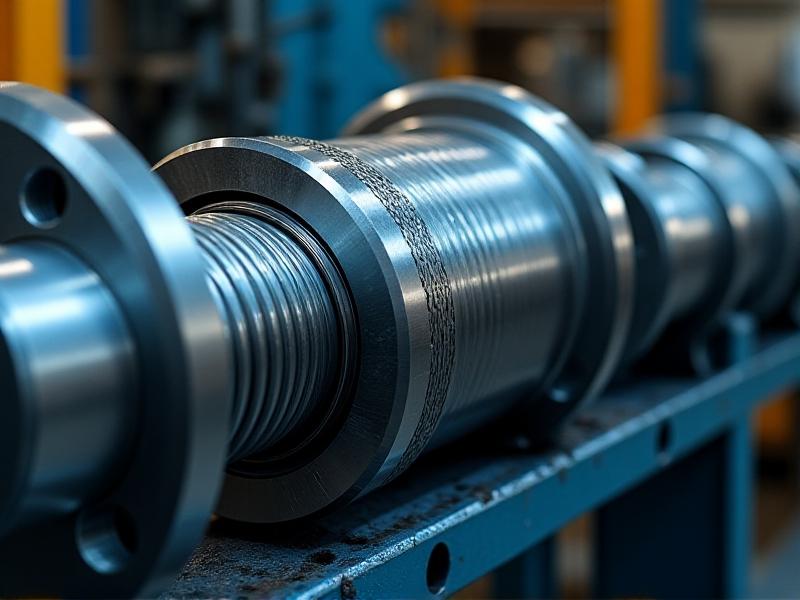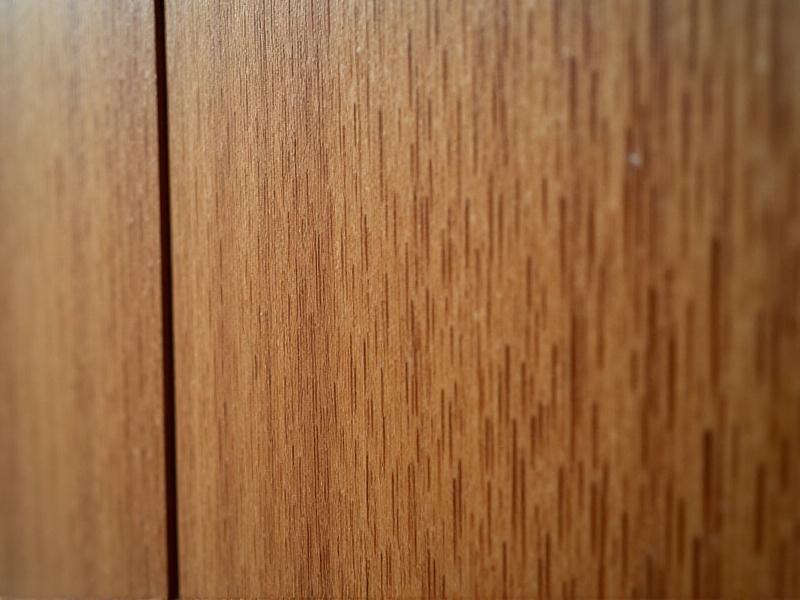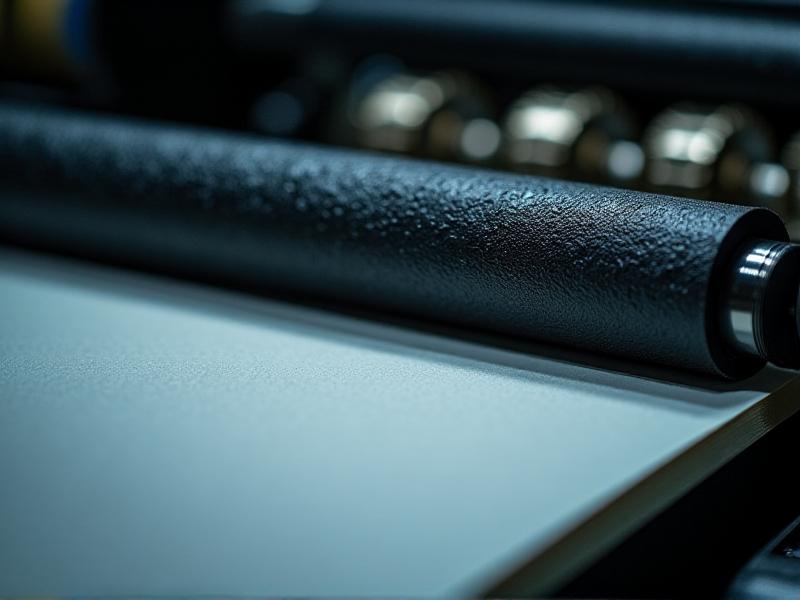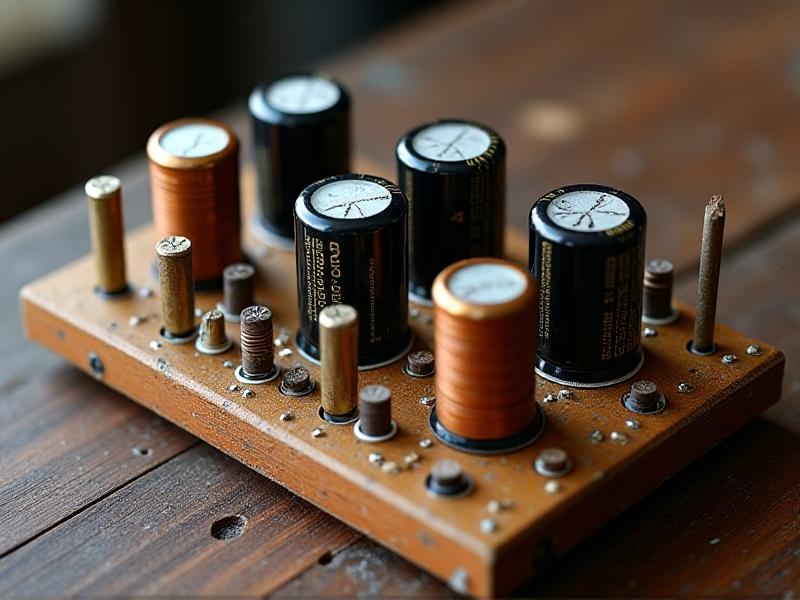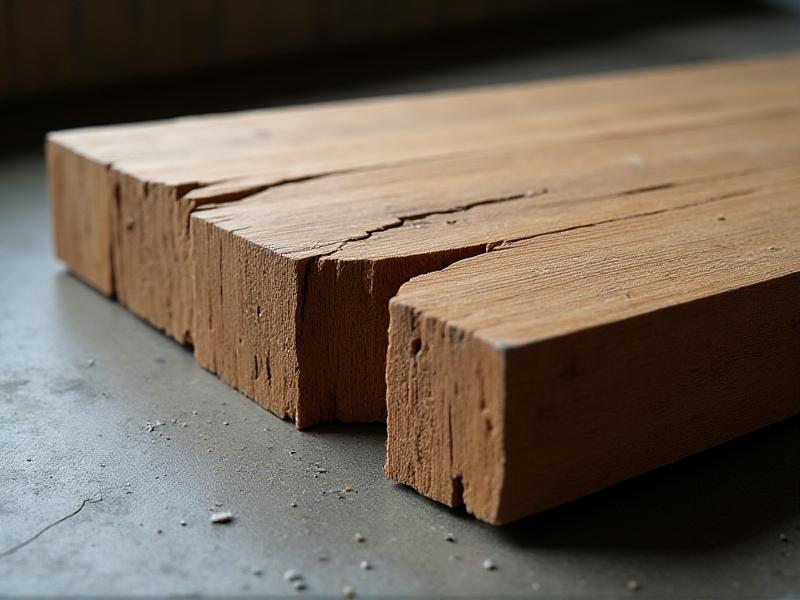Original Knob Reproduction Techniques
The Historical Context and Significance of Knob Reproduction
Knobs, whether adorning furniture, cabinetry, or doors, have long served as both functional hardware and decorative art. The reproduction of original knobs is often driven by preservation efforts, particularly in historical restoration projects where matching period-accurate designs is essential. Craftsmanship from the 18th and 19th centuries, for instance, relied heavily on hand-carved wood, cast brass, or porcelain, each requiring distinct techniques. Understanding these methods bridges the gap between antique traditions and modern replication, ensuring that restored spaces retain their authenticity.
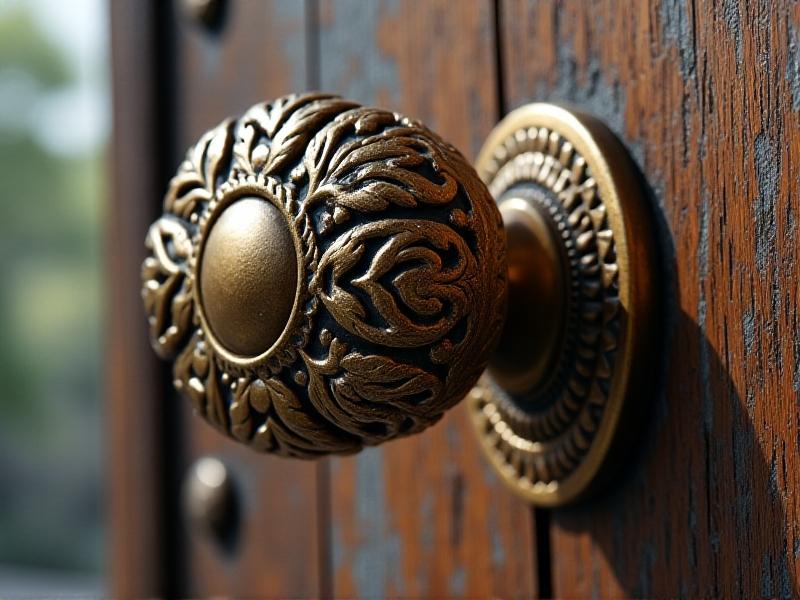
Materials and Tools: Foundations of Authentic Reproduction
Selecting period-appropriate materials is critical for faithful knob reproduction. Antique knobs were often made from materials like bronze, iron, or ceramic, each requiring specific tools for shaping. For example, traditional foundries use sand-casting molds for metal knobs, while woodturning lathes and chisels replicate carved wooden designs. Modern artisans may combine old-world tools with digital calipers to measure originals precisely, ensuring dimensional accuracy. Sourcing authentic materials—such as reclaimed brass or sustainably harvested hardwoods—adds both ecological and historical value to reproductions.
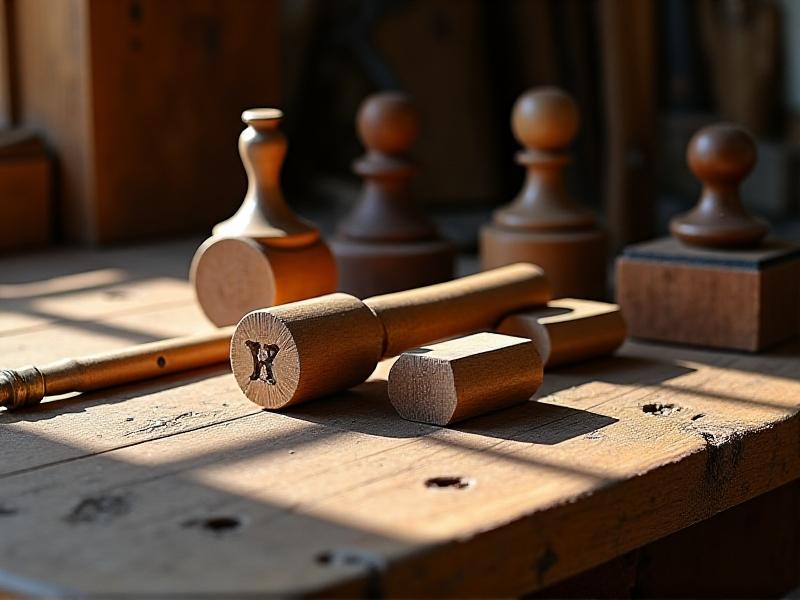
Traditional Crafting Techniques: From Carving to Casting
Hand-carving remains a cornerstone of wooden knob reproduction. Artisans use gouges and lathes to replicate intricate patterns, referencing historical blueprints or surviving examples. For metal knobs, lost-wax casting is a centuries-old method: a wax model is encased in plaster, melted away, and replaced with molten metal. This technique captures fine details, such as filigree or crests, which mass-produced alternatives often lack. Porcelain knobs, popular in the late 1800s, require slip casting—pouring liquid clay into plaster molds—followed by kiln firing and hand-painted glazing.
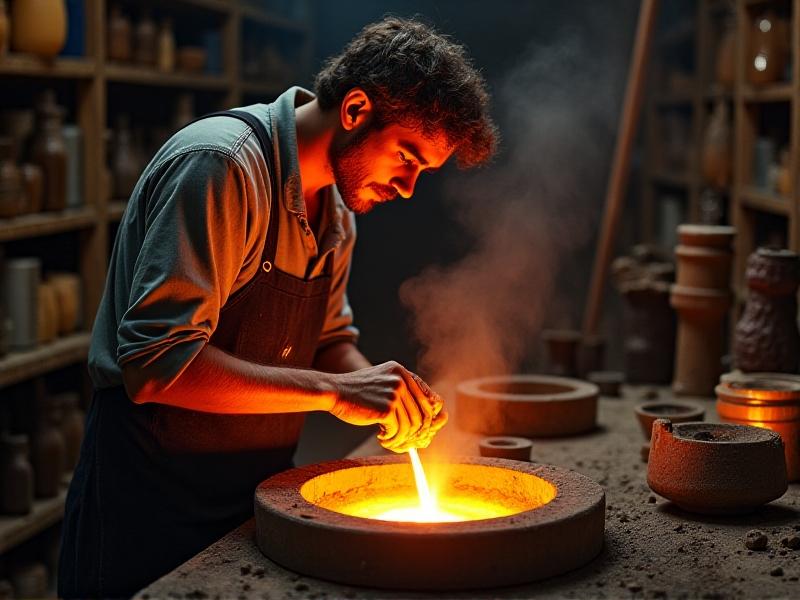
Modern Innovations: 3D Scanning and CNC Machining
Advancements in technology have revolutionized knob reproduction. High-resolution 3D scanners can digitize fragile antiques without physical contact, creating precise digital models. CNC machines then carve replicas from wood or metal blocks, replicating even the most complex geometries. While some purists argue these methods lack the soul of handcrafting, they offer unparalleled accuracy for large-scale restoration projects. Hybrid approaches—such as hand-finishing CNC-milled knobs—balance efficiency with artisanal detail.
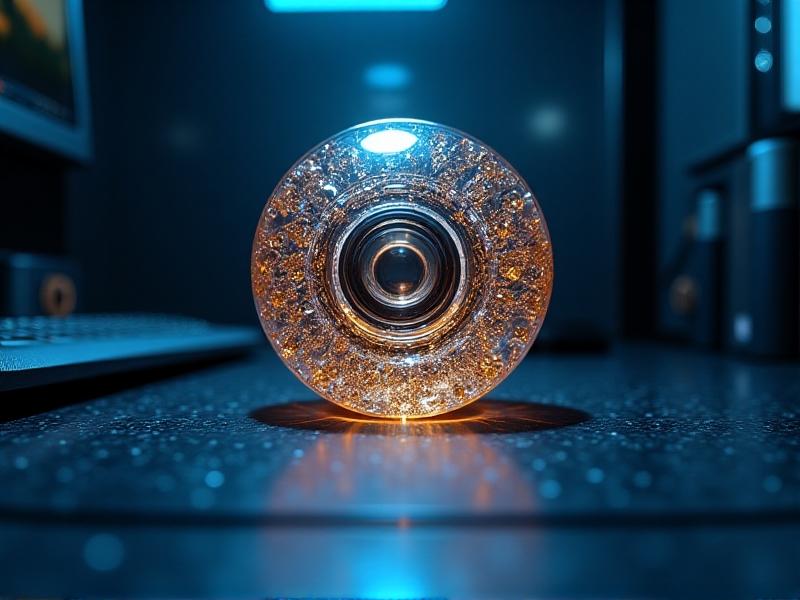
Patina and Aging: Replicating the Passage of Time
One of the greatest challenges in knob reproduction is mimicking natural aging. Authentic patina—whether tarnished brass or weathered wood—requires chemical treatments or controlled environmental exposure. Artisans use solutions like liver of sulfur to darken metal or employ UV light to fade paints. For wooden knobs, staining and hand-distressing with sandpaper recreate decades of wear. The goal is to achieve a balance between aged character and structural integrity, ensuring reproductions blend seamlessly with originals.
Customization: Blending Heritage with Personalization
While historical accuracy is paramount in restoration, modern clients often seek custom designs that honor tradition while reflecting personal style. Artisans might integrate monograms, abstract motifs, or mixed materials—like combining brass with stone inlays. This approach respects historical techniques while expanding creative possibilities. Custom orders also allow for ergonomic tweaks, ensuring knobs are as comfortable to use as they are visually striking.
Ethical Considerations in Reproduction
Reproducing knobs from copyrighted or culturally significant designs raises ethical questions. Artisans must navigate intellectual property laws, particularly when replicating patented antique designs. Collaborating with historians and institutions ensures reproductions are used ethically—preserving heritage without exploiting it. Additionally, using sustainable materials and fair labor practices aligns knob reproduction with contemporary values of environmental and social responsibility.
The Future of Knob Reproduction: Sustainability and Innovation
As sustainability becomes a priority, knob reproduction is evolving. Biodegradable composites, recycled metals, and low-energy production methods are gaining traction. Meanwhile, augmented reality tools let clients visualize reproductions in situ before commissioning. These innovations ensure the craft not only preserves the past but adapts to future demands, maintaining relevance in an ever-changing world.
